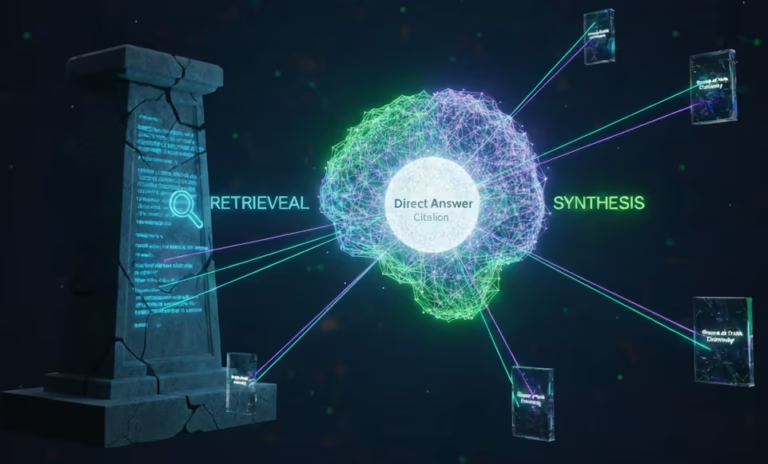Introduction
When it comes to Website Security for CPAs, safeguarding client information isn’t just a matter of caution—it’s a full-on security tango. In an era where cyber threats tango with sensitive data, it’s imperative that Certified Public Accountants (CPAs) fortify their websites with measures tighter than a drumhead. This article unveils the steps to secure your clients’ financial data like a vault made of cyber-steel.
SSL/TLS Encryption: Safeguarding the Snoopers-Proof Wall
In the realm of online protection, SSL/TLS Encryption is the moat around your digital fortress. Imagine a lock so intricate that only your client’s browser holds the key. This Secure Sockets Layer (SSL) and its cousin Transport Layer Security (TLS) ensure your data waltzes from the client’s browser to your server with a dance of secrecy. It’s like dressing your data in an invisibility cloak while it shimmies through the virtual crowd.
- Benefits of the Encryption Ballet: It’s not just about keeping secrets. SSL/TLS also lends data integrity, authentication, and trustworthiness to your digital ballroom.
Strong Password Policies: Bolting the Backdoor
Oh, passwords, the humble sentinels guarding our virtual domains! Without proper fortification, your website might as well be a welcome mat for hackers. A solid password policy makes sure your client accounts are as secure as a fortress with a moat filled with password-chomping crocs.
- Crafting Unbreakable Keys: Create passwords stronger than a titanium vault door by mixing alphabets, numerals, and symbols like a cryptic cocktail.
Multi-Factor Authentication (MFA): The Double-Check Cha-Cha
Multi-Factor Authentication (MFA), the flamenco of security, adds an extra flair to your protection salsa. Just a password isn’t enough anymore. MFA ropes in your client’s phone, their fingerprint, or even their favorite dance move. Hackers can’t sneak past this party bouncer.
- Choosing Your Dance Partners: MFA comes in SMS, app-based, or hardware token styles—like picking your dancing shoes, choose the method that suits your clients’ groove.
Read our exclusive blog on Website Development for Accounting Firms: A Comprehensive Guide
Regular Software Updates: Keeping the House in Order
When it comes to your website software, plugins, and frameworks, you can’t be lazier than a cat on a Sunday afternoon. Those Regular Software Updates aren’t just about adding glitter—it’s about patching holes in your defense wall. Using outdated software is like leaving the front door ajar for digital thieves.
- Playing Catch-up with the Tech Tide: Timely updates are your website’s vitamin pills, protecting it against security bugs and vulnerabilities.
Firewalls and Intrusion Detection: The Guardian of Gates
Firewalls, oh, they are the unsung heroes, the bouncers of the digital world. They scan incoming and outgoing traffic like TSA agents at the airport. Think of Firewalls and Intrusion Detection as the bouncers at your VIP party—only the ones with an invite can get in.
- Real-Time Party Security: Intrusion detection systems (IDS) and intrusion prevention systems (IPS) are like bodyguards— they stop digital party crashers before they even make a move.
Secure Payment Processing: The Gold-Plated Cash Register
Money matters, and so does its security. When it’s time to process those financial transactions, your website must don the crown jewels of online security. Enter the stage: the Secure Payment Processing protocols, ensuring each dollar dances through your cyber-castle like royalty.
- PCI DSS Compliance: Payment Card Industry Data Security Standard (PCI DSS) isn’t just a fancy acronym. It’s your website’s knight in shining armor, protecting precious payment data.
Data Privacy and Compliance: Guarding Personal Client Data
Privacy isn’t an option—it’s a right. With data protection regulations like GDPR and CCPA in the spotlight, your website must become a digital Fort Knox. This chapter in Data Privacy and Compliance is all about ensuring your site plays by the rules.
- Regulations: The Regulatory Maestros: Know the laws and let your website dance in compliance, avoiding hefty penalties.
User Access Control: VIP Access Only
Not everyone can party in the penthouse, right? User Access Control ensures only the right folks get the golden ticket. Role-based access control (RBAC) is like handing out backstage passes, ensuring only the stars enter.
- Guardians of the Data Gates: RBAC ensures that even within your team, everyone gets to dance only in their designated zones.
Regular Security Audits and Penetration Testing: Polishing the Armor
Even knights need regular armor checks. Regular Security Audits and Penetration Testing is like giving your cyber-armor a polish. You identify the chinks in the chainmail before the enemy does.
- Finding Your Weaknesses Before Hackers Do: Audits and testing are like scouting parties—once you know where the enemies lurk, you’re already a step ahead.
Conclusion: Curtain Call
In the grand finale of this security symphony, remember that safeguarding client data isn’t just a checkbox—it’s a commitment. When it comes to Website Security for CPAs, the dance is about protecting, serving, and securing your clients’ financial well-being. So, lace up those cyber-shoes and waltz into a world where your website is more than a portal—it’s a digital sanctuary.
Take the Security Leap!
Ready to boogie down with the best in the business? Embrace these website security measures today! Contact us


